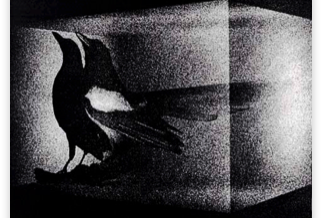Related post
Holography is an art form, not a gimmick
Jul 30, 2018
|
Comments Off on Holography is an art form, not a gimmick
2191
THE LASER AND HOLOGRAPHY EXPERT CHALLENGING THE LIMITS OF LIGHT
Jul 31, 2018
|
Comments Off on THE LASER AND HOLOGRAPHY EXPERT CHALLENGING THE LIMITS OF LIGHT
2365



